India is the tiger capital of the world and has more than 90% percent of the total tiger population. Among the 3 big tiger reserves which are Bandhavgarh and Tadoba in Central India; and Ranthambore in Western India, Ranthambore is very popular for its iconic landscape and tiger history. The world-famous tigress Machhli was in Ranthambore, and her bloodline still thrives here. Ranthambore is situated in Rajasthan and has a very high density of tigers. Many wildlife documentaries have been made here.
I left from Mumbai on 19th March 2021, by Jaipur Superfast Express, to this tiger destination. After a 14-hour journey I reached Sawai Madhopur – the closest railway station to Ranthambore. I took a local rickshaw and reached our hotel- Noor Bagh which is almost near the park boundary.
In the afternoon, it was time for the first safari which was in zone 3. The park has 10 Zones out of which 1-5 is the core and 6-10 is the buffer. Zone 3 is a premium zone because of the famous lakes present here where all the tigers ruled. At 2:30pm we entered the park with full excitement looking forward to some amazing sightings. It was hot and the sun was very harsh. So, the tigers would either be sleeping in the shade or cooling themselves in water bodies or grass. We went to the Rajbagh lake where the granddaughter of Machhli – Arrowhead and her 2 cubs live. We waited near the lake for a while, but everything was quiet. Suddenly something moved near the tall grass on the edges of the lake. We thought this was our first tiger sighting, but it turned out something even rare. It was a Crocodile eating a Darter bird. It quickly gulped its prey and went inside the water.
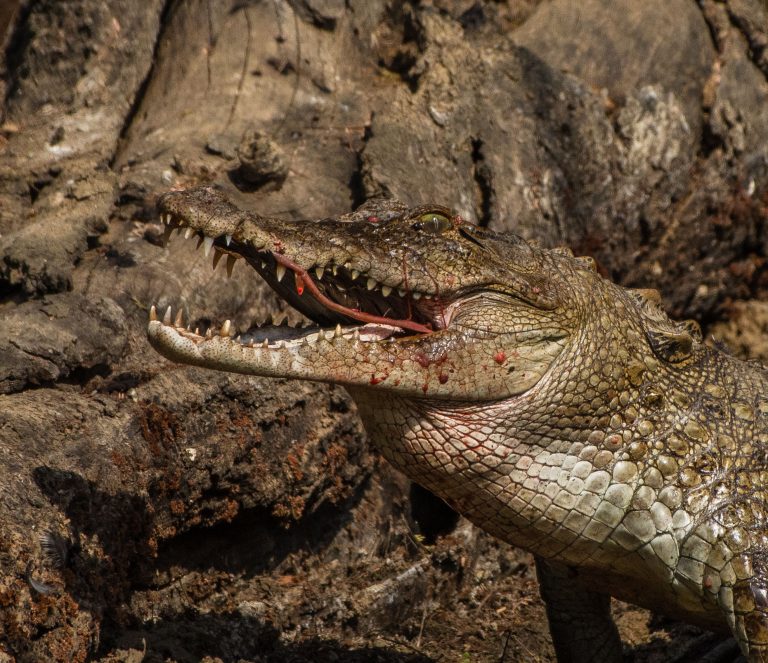
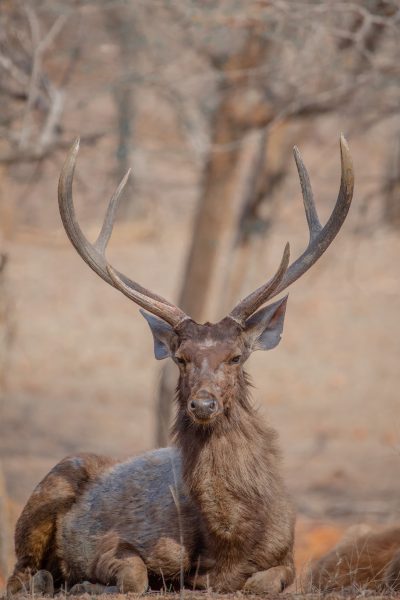
For the next 2 hours we just kept roaming – seeing many spotted deer, sambar deer, grey langurs, Nilgais, Rufous Tree Pies and other common birds. The sun was slowly going down. We saw 2 jeeps ahead of us moving slowly, looking to the right. When we looked to our right, it was a tigress walking! It was Riddhi a 2.5-year-old tigress and daughter of Arrowhead. She walked gracefully down her path, then crossed the road fearlessly and disappeared into the dry forest.
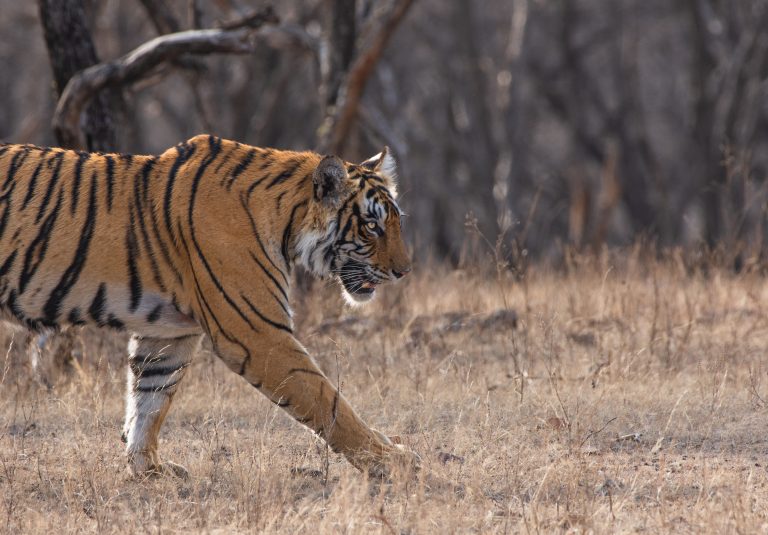
The next morning was in Zone 4 where the safari went dry in terms of tigers, but we got good bird sightings like Brown Fish Owl, shikra, Black Stork, Indian Scops Owl and Indian Gazelles . We also spotted 2 baby crocodiles basking on a log. But the latter half of the day was simply amazing. We were in Zone 2; we went to a waterhole and T103 was already there – relaxing in the waters. We spent nearly half an hour with her. She then stood up, started walking and roared loudly calling out to her cubs. We got to know that there had been a sambar kill by a tiger nearby. So, we went there and saw the tigress Noorie in the dense foliage eating and then sleeping. An hour later, she went to the waterhole, sipped water, cooled herself and back to her cozy spot. Just a few 100mtrs behind we could see 2 canters lined up near a pond. We went behind them to see what they were looking at. Behold! It was a new Male tiger of Ranthambore sitting in the water. It was time for us to turn back to the hotel.
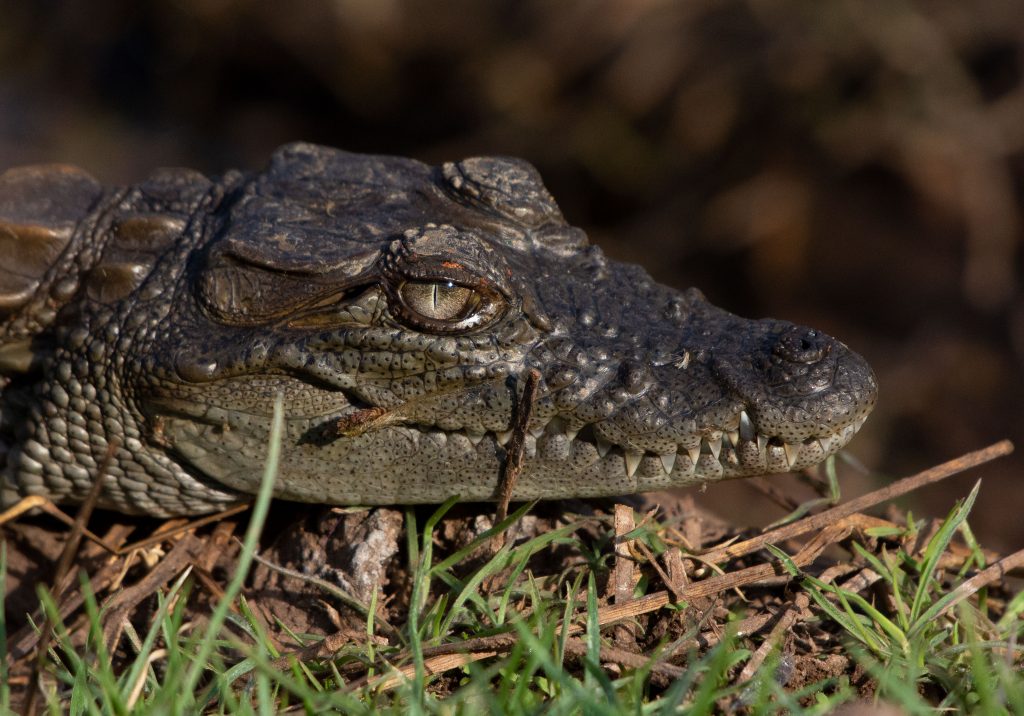
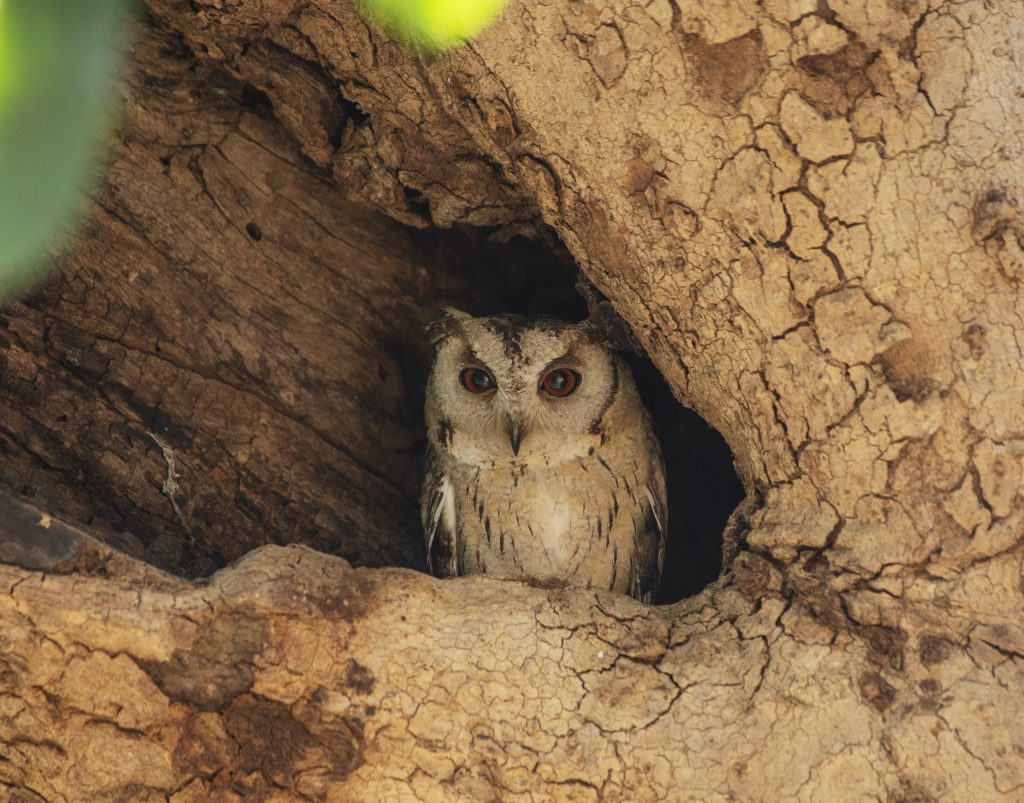


It was the 3rd day and 4th safari. The whole day we were going to be in Zone 3, hoping to see Arrowhead. The morning was spent in good bird sightings such as Osprey, Jungle Nightjar, Spotted Owlet. We were lucky to witness a huge Flapshell Turtle blocking the road away from a water body. On seeing us it rushed towards the water body. The evening, we waited for the tigress to come out of the bushes. She was seen walking in there and sleeping. But it looked like Lady Luck was not in our favour. It began to rain heavily, and we came out of the park. The whole day I went tigerless; it was okay as it is a part of Wildlife adventures.
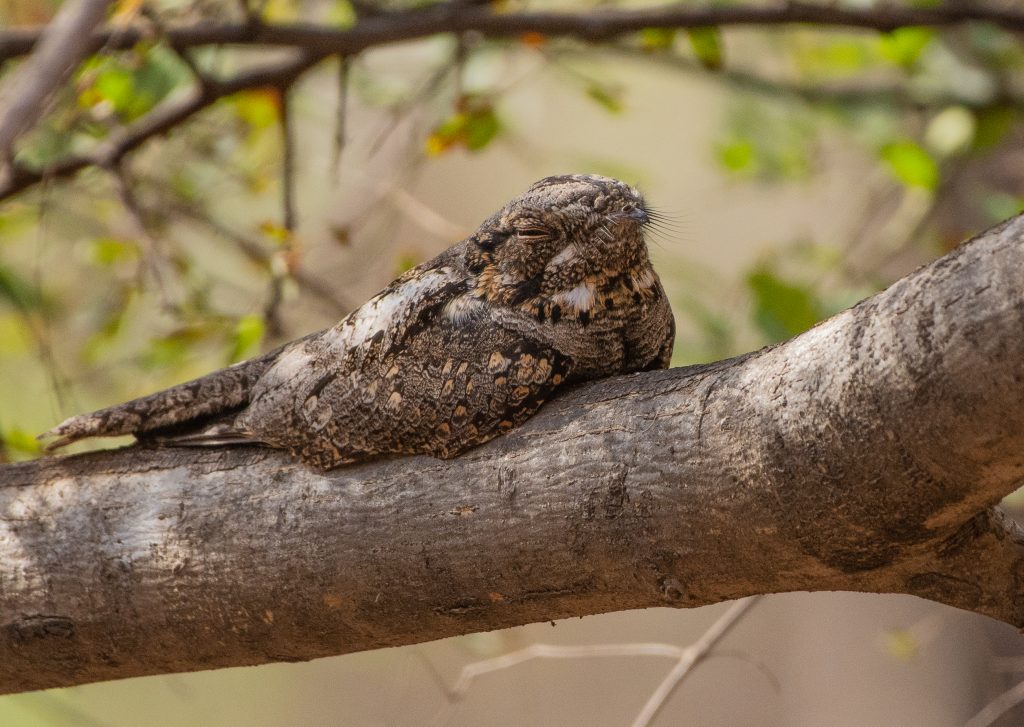

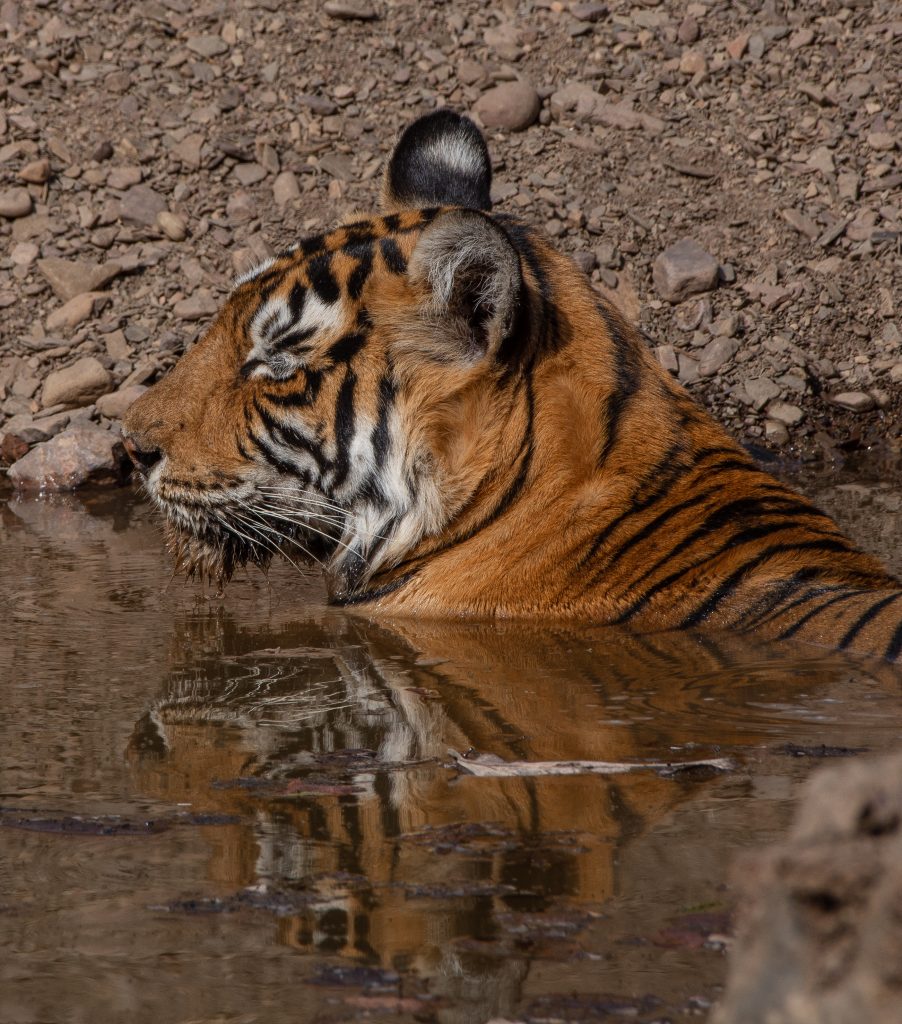
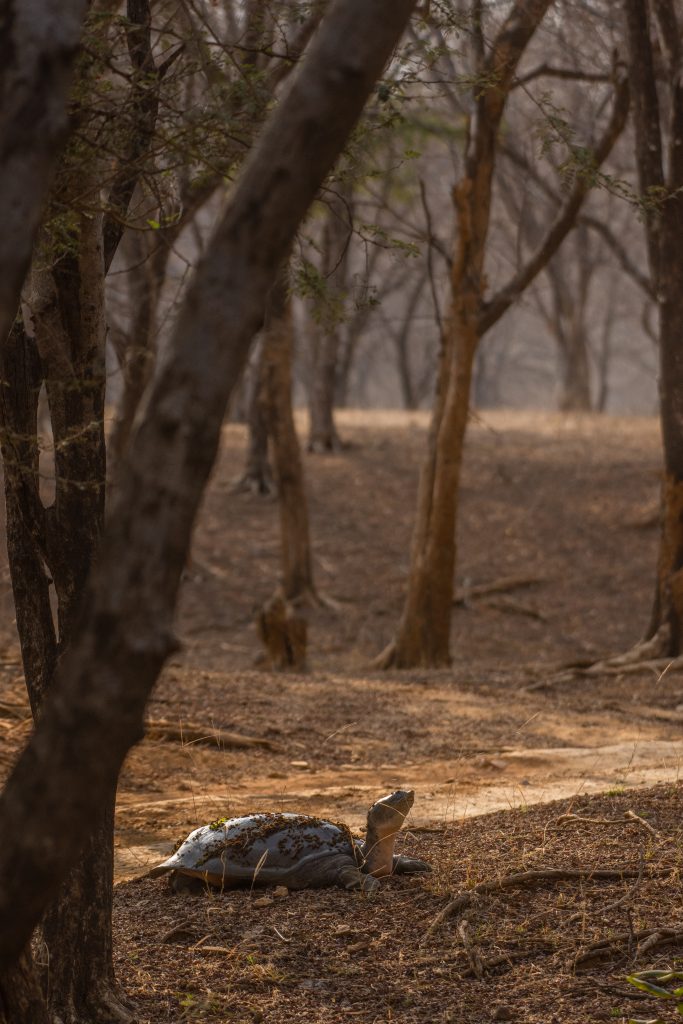
The next morning was our final safari in Zone 2, and we were the first ones to enter the park. We saw tracks of a male tiger and we thought it could be the new male tiger. Just where the pugmarks ended, we saw the tiger sitting. As the jeeps began to arrive, it got up, walked towards a hill and sat there. We moved on for a quick scan around and saw something which made our whole trip even more fulfilling. It was a rare Nocturnal Honey Badger running. We could just see it for a split second before it vanished. We couldn’t get any photographs, but this sighting made our day. We came back to the new male spot and saw the tiger descend from the hill and move towards the dense forest. While leaving the park, we saw a Mahratta Woodpecker and a lesser Flameback Woodpecker on a Palash tree (also known as the flame of the forest). These trees have a lot of bird activity during their flowering season which is from March to April.
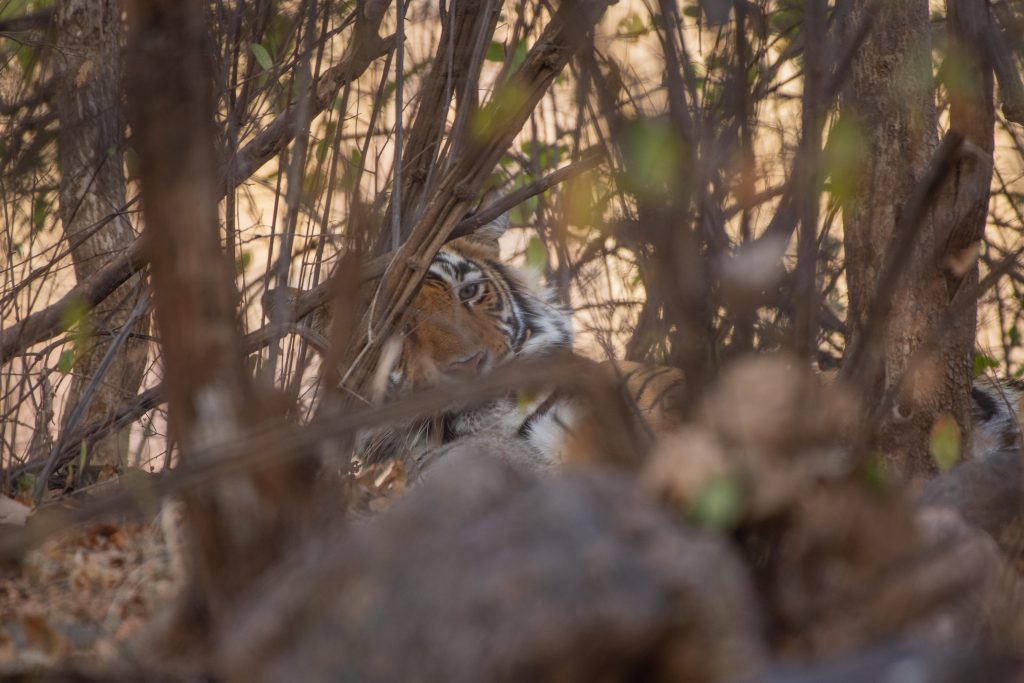
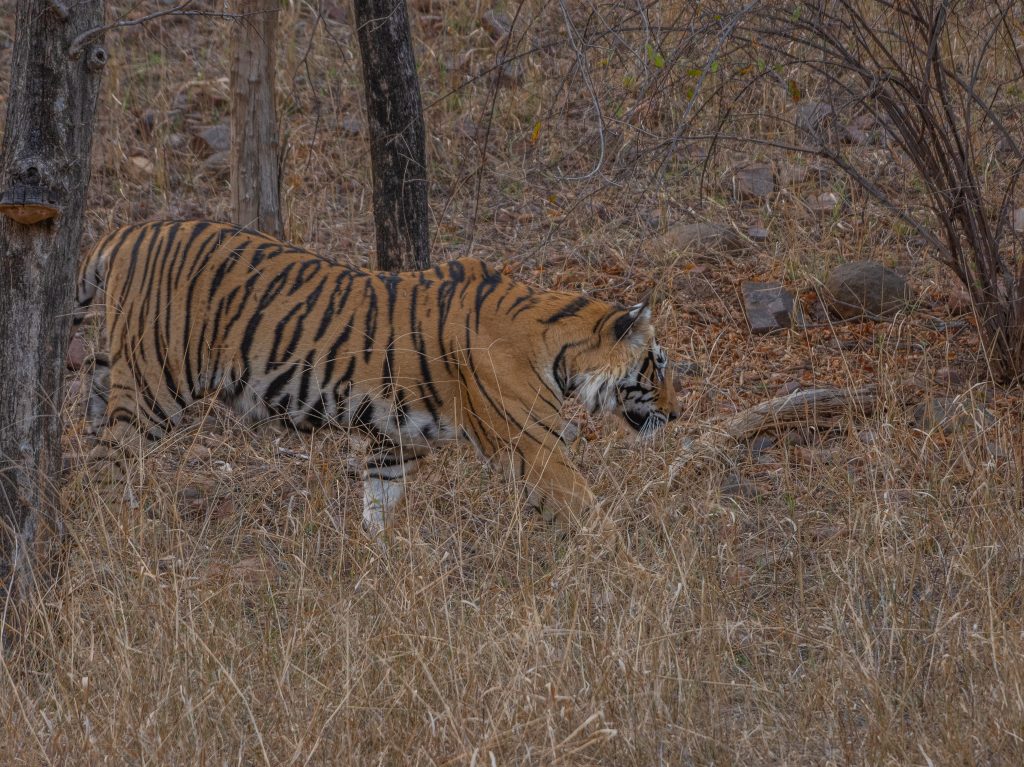
The trip came to an end with 6 safaris done, seeing 4 Tigers, a Honey Badger, many species of birds and other animals. This was my first to Ranthambore and it was beyond my expectation.
If you have any queries related to this trip, do write to me !
Nearest Railway station- Sawai Madhopur
Nearest Airport – Jaipur
Places to Stay- Noor Bagh, Oberoi Vanyavilas, Ranthambore Heritage

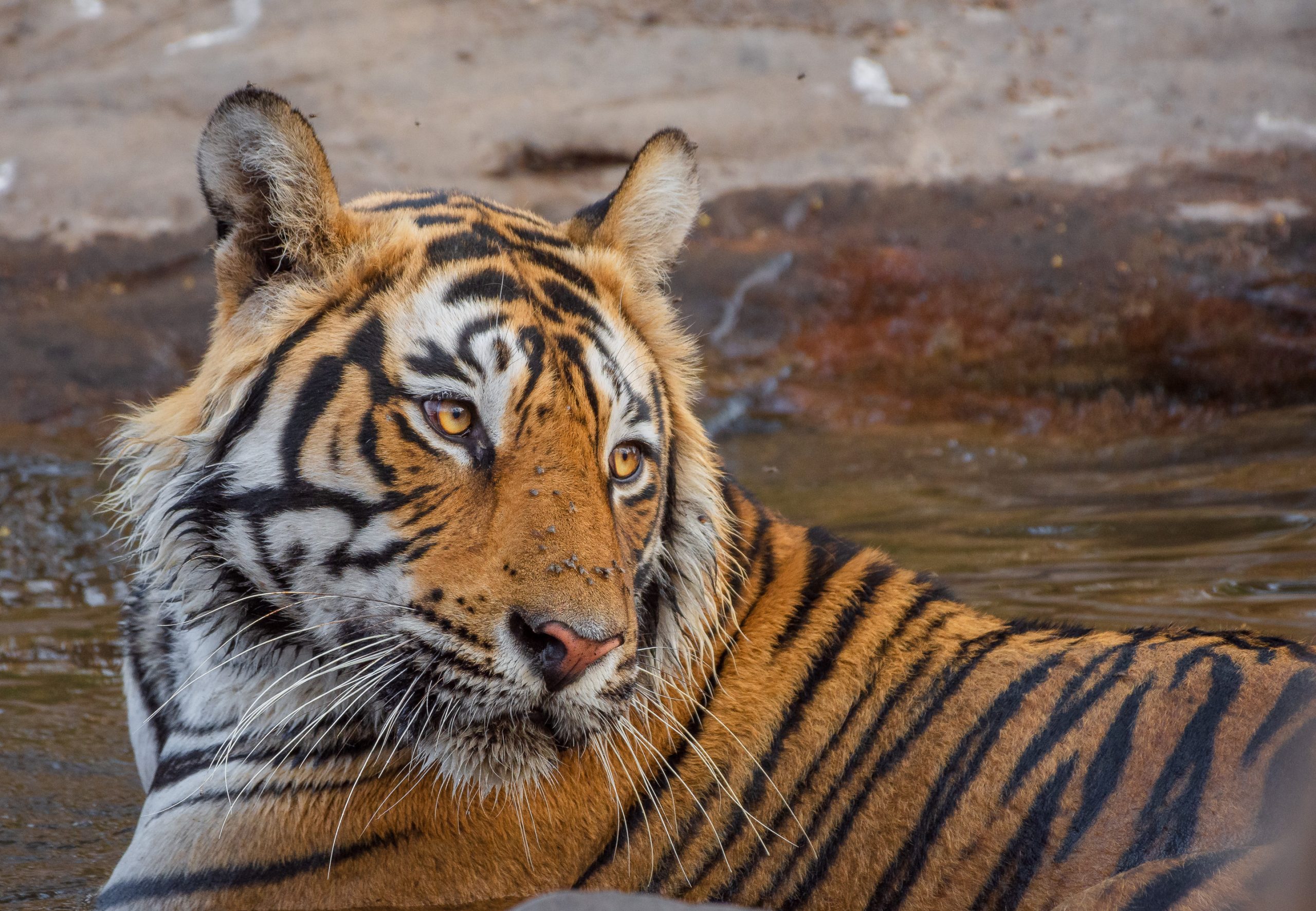

4 thoughts on “Royal Ranthambore”
After looking at a number of the blog articles on your
website, I truly like your way of blogging. I added it to my bookmark webpage list and will be checking back soon. Take a look at my website as well and tell me your opinion.
Definitely imagine that which you stated. Your favourite reason seemed to be at the net the simplest thing to be aware of.
I say to you, I certainly get irked even as people consider
concerns that they just don’t realize about. You controlled to hit the nail upon the highest
and also outlined out the whole thing with no need side-effects , people can take a signal.
Will probably be again to get more. Thank you
купить мебельный поролон в москве в розницу
промокод на 1xbet 1x 620398